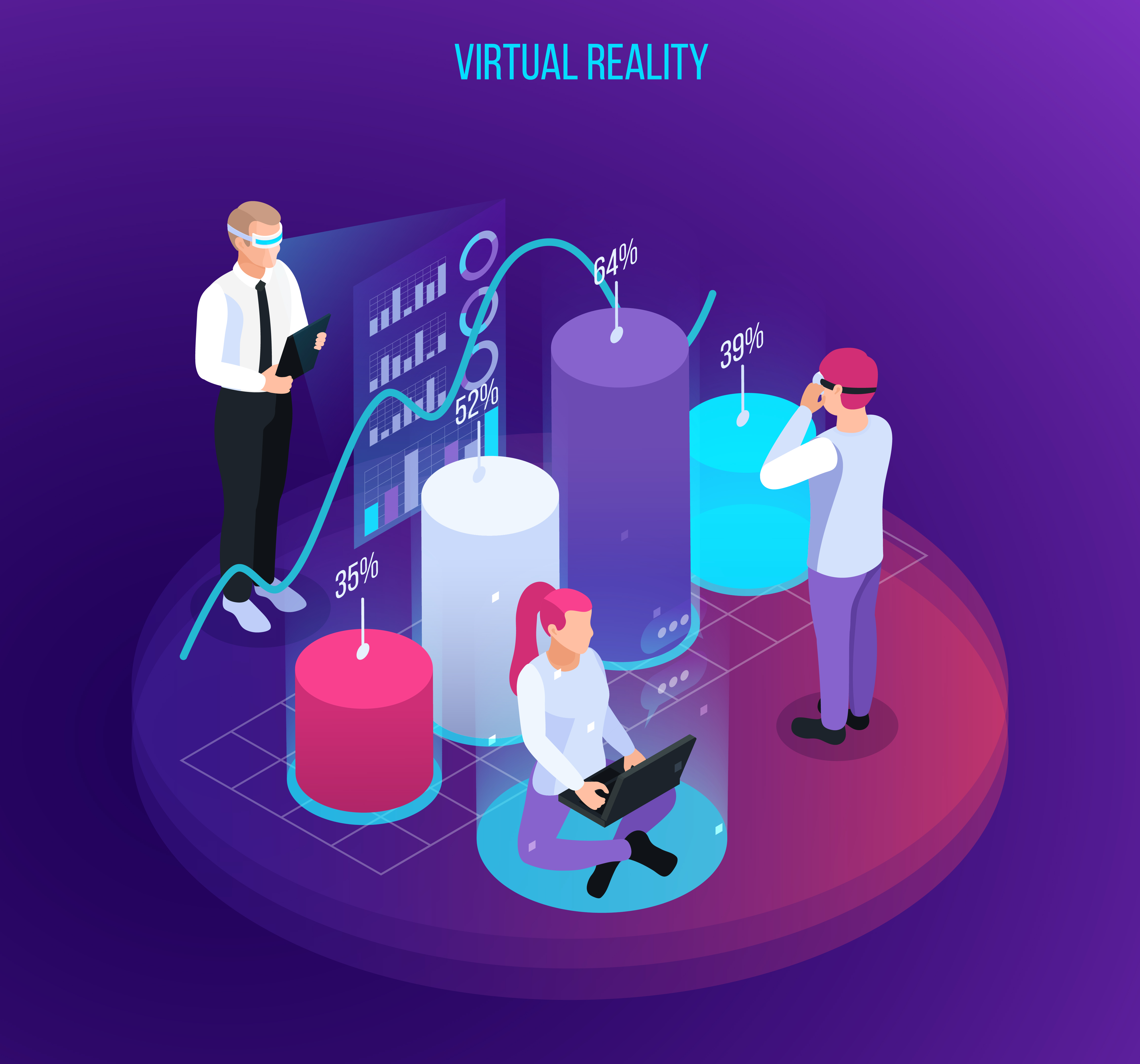Minimumism is outside only low assets - it is a powerful way of thinking that encourages living with purpose. By doing zero on what matters - relationships, health and meaning - helps a minimal approach to life to cut on distractions and cleanses the head. In today's busy world, minimalism gives you a chance to live and peace.
Instead of depositing physical property, minimal life prioritizes life experiences and personal development. This is not about the absence, but makes a conscious alternative to make it easy. Either in the wardrobe, home or daily program, minimalism gives you the right to cure your life with intentions.
Key Aspects of Minimalism:
-
Declutter Your Environment: Let go of physical and mental clutter.
-
Live with Purpose: Priority what the value adds.
-
Choose Experiences over Possessions: Focus on moments that matter.
-
Reduce Digital and Emotional Clutter: Dissolve to improve focus.
-
Seek Mental Clarity and Inner Peace: Embrace simplicity for a more peaceful life.
Remember that minimalism is individual. The work that one works cannot work for another. The goal is a continuous progress towards a simple, more meaningful life.
How to Start Living a Minimalist Lifestyle
Employed radical changes are not required to start minimalism. This is a step-by-step process. Start by considering your physical room - what do you really need? Then evaluate your habits - what is your time or energy without offering value?
Steps to Embrace Minimalism:
-
Define Your "Why": Understand why you want to use minimalism.
-
Set Realistic Goals: For instance, declutter one area a day.
-
Donate or Sell Unused Items: Give your unused property a new house.
-
Simplify Your Digital Space: Clear out your phone and emails.
-
Avoid Impulse Purchases: Think before you buy to reduce unnecessary clutter.
Minimalism is also about saying “no” to unnecessary commitments. Protect your time—it's one of your most valuable resources.
A Beginner's Guide to Minimalist Living
For the new people for minimalism, the process can seem heavy, but dividing it into small categories makes it easier. Start with physical disorder, then cope with digital and mental disorder.
Tips for Beginners:
-
Go Slow: It’s not about speed—consistency is key. Decluttering one shelf a week is progress.
-
Focus on Lasting Habits: Minimalism is about sustainable change that aligns with your values.
Here’s a beginner-friendly approach:
| Step | Action |
|---|---|
| Declutter Area 1 | Start with your closet or workspace. |
| Declutter Digital | Clear out your emails, apps, and files. |
| Simplify Routine | Reduce daily decisions to increase efficiency. |
Family Minimalism: Simplifying for Better Relationships
Minimumism is not just for individuals or joints - this is a lifestyle that can also benefit families. By simplifying, the family can reduce chaos, save time and focus more on shared experiences than material objects.
Tips for Family Minimalism:
-
Toy Rotation: Keep fewer toys in play by rotating them.
-
Plan Quality Family Time: Make time for meaningful activities over screen time.
-
Simplify Meals: Stick to a few core recipes for easy meal planning.
-
Shared Family Calendar: Stay organized with a common schedule.
Minimalism in a family setting fosters stronger relationships and reduces stress by focusing on what truly matters.
Benefits of a Minimalist Lifestyle
The benefits of minimalism are outside a well -organized house. This affects your mental health, finance, conditions and productivity. Low distractions provide better focus, while less expenses help you save money.
Key Benefits:
-
Mental Clarity: Less clutter means less anxiety.
-
Financial Freedom: Spend less and save more.
-
Stronger Relationships: More time for meaningful connections.
-
Boosted Productivity: Focus on what truly matters.
-
Emotional Peace: Release attachments to unnecessary things.
Once you start simplifying one area of life, it often triggers a ripple effect of calm and clarity in other areas.
Minimalism: A Journey, Not a Destination
Minimumism is a continuous process. This is not about perfection, but about continuous progress towards coordinating your life with your values. Over time, your version of minimalism will develop.
How to Stay Consistent:
-
Revisit Your "Why": Regularly remind yourself why you adopted minimalism.
-
Declutter Monthly: Set reminders to revisit your space and commitments.
-
Evaluate Seasonally: Do a seasonal evaluation of your needs.
Minimalism offers freedom, not through restriction but by choice, allowing you to live with greater purpose and intention.
 Top Technology Trends 2025 – What’s Trending in Technology
Top Technology Trends 2025 – What’s Trending in Technology  Big Beautiful Bill: A New Tax Break for Social Security?
Big Beautiful Bill: A New Tax Break for Social Security?  iOS 26: Release Date, Supported iPhones, Beta, and Rumors
iOS 26: Release Date, Supported iPhones, Beta, and Rumors  Home Decor & Interior Design Ideas for a Beautiful 2025 Home
Home Decor & Interior Design Ideas for a Beautiful 2025 Home  Amazon Tariffs 2025: Tariff Cost Display Announcement & Political Insights
Amazon Tariffs 2025: Tariff Cost Display Announcement & Political Insights  Capital Summertime Ball 2025: The Ultimate Music Event of the Year
Capital Summertime Ball 2025: The Ultimate Music Event of the Year 
